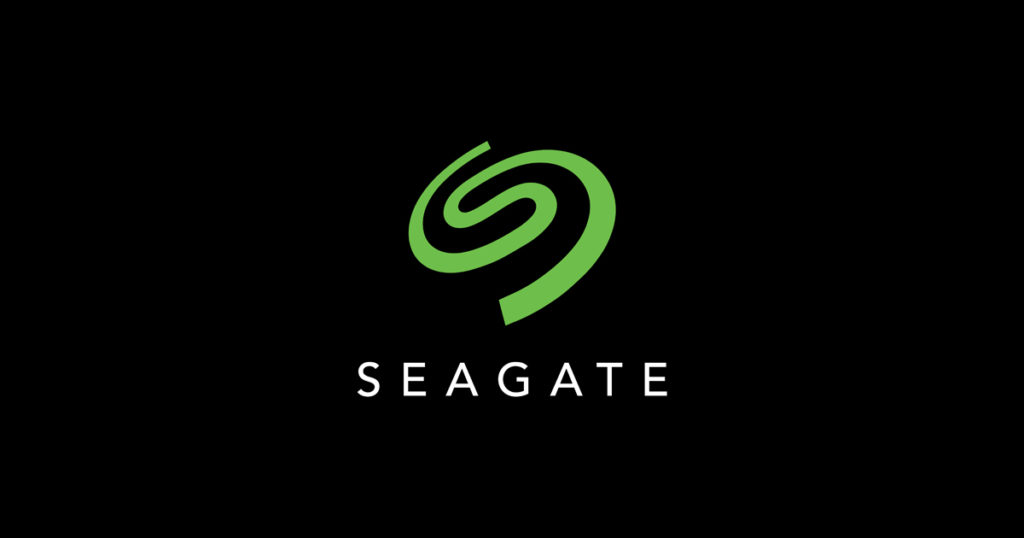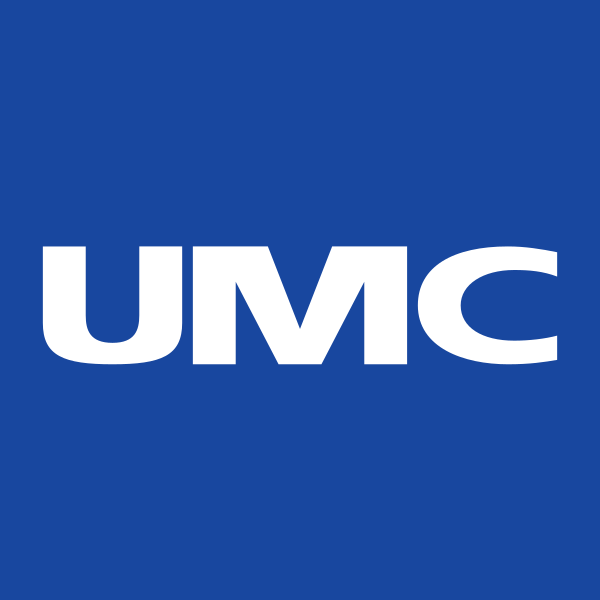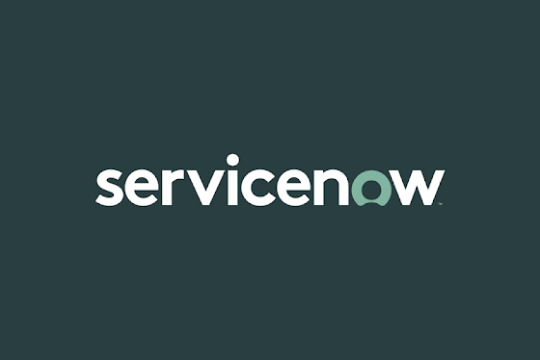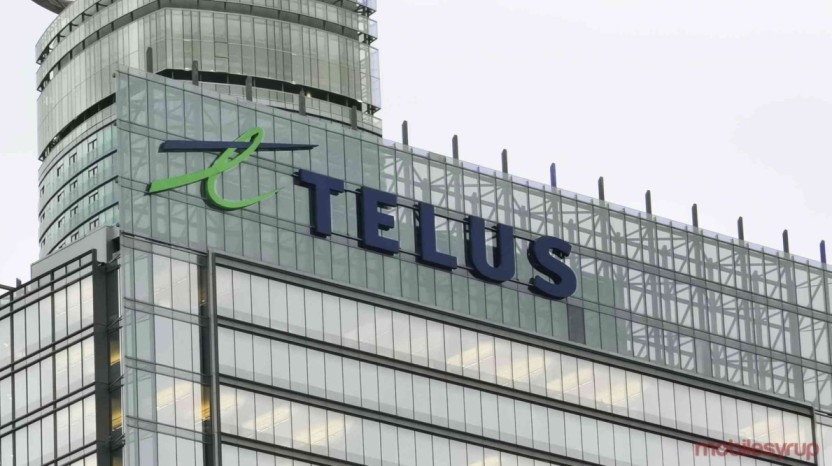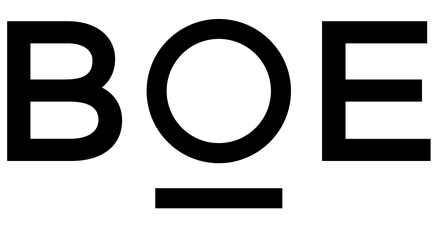Dormakaba – One of the Biggest Global Access Control and Security Solutions Company.
Dormakaba Holding AG started as two separate companies and have separate histories before 2015. Kaba and former Dorma merged in 2015 to form Dormakaba, a global security group offering services like identification, safe locks and lodging products.
Dormakaba is a global leader in the field of access security and has over 150 years of experience. The company is providing its services to almost every industry, including healthcare, hotel, education, shops, entertainment facilities, etc. Dormakaba headquarters is based in Rümlang, Switzerland, and over 15000 people are working for it. Dormakaba work in five different segments, i.e., Access Solutions AMER (North and South America), Access Solutions APAC (Asia Pacific), Access Solutions DACH (Germany, Austria, Switzerland), Access Solutions EMEA (Europe, Middle East, Africa), Key and Wall Solutions.
The Growth History of Dormakaba

Kaba started as a locksmith shop, which also worked as a cash register factory. Franz Bauer founded Kaba in Zurich in 1862, but in 1915, Leo Bodmer bought and renamed the company to Bauer AG. The first patent for the company after the acquisition was of the first cylinder lock made by inventor Fritz Schori. The lock was named after the founder of Kaba, i.e., ‘Kassenbauer’ (in German).
In the coming years, the company expanded from Zurich to the whole of Europe and listed on the Zurich stock exchange along with a name change to Kaba Holding AG in 1995. In 2001, the company started to expand overseas through some major acquisitions, Unican Security Systems of North America being one of them. The company also acquired a China-based company named Wah Yuet Group, a US-based company Computerized Security Systems and a Dutch company H. Cillekens Zn. B.V. in 2006. At the same time, Kaba also partnered with Minda Group of India.
The Growth Story of Dormakaba
On the other hand, Wilhelm Dörken and Rudolf Mankel founded Dorma as Dörken & Mankel KG in Ennepetal, Germany, in the year 1908. The company worked in the field of door technology. For the 50 years of its inception, the company was constantly working towards incorporating technology into the door systems, and in 1962, it built its first automatic door.
In the next fifteen years, the company also started to work on glass fittings. The company also started to expand and opened its first international office in Singapore in 1978. In the next ten years, Dorma brought Safety solutions and emergency exit control systems to its product range. In 1999, Dorma acquired a comapny named Groom and introduced mobile partition walls in 2002. In 2013, the company recorded 1 billion Euros in annual turnover.
The Merger
The two companies, Dorma and Kaba, both the leaders in their respective fields, decided to merge their operations to expand even more. The two companies came together on 30 April 2015 for the planning and sealed the deal in September of the same year.
The Product Range
Today, Dormakaba is among the top three security companies and is offering its services worldwide. Since the company is a result of a big merger, the company provides its services under multiple brand names, including Keyscan, Best, Dorma, Dorma, Dormakaba, lIco, Kaba, Kilargo, Legic, etc. Also, the areas of operation for the company includes door hardware, electronic access and data, entrance systems, mechanical key systems, safe locks, lodging systems, interior glass systems, movable walls, etc.
The CEO at Dormakaba
Sabrina Soussan is the CEO of Dormakaba. She is a French and German national. Soussan has a Master’s Degree in Mechanical and Aeronautical engineering from the E.N.S.M.A Aeronautical and Mechanical Engineering School, Poitiers (FR) and an MBA Degree from the Poitiers and Dublin University.
Soussan was appointed as the CEO of Dormakaba in January 2021. Before that, she served as the co-CEO at Siemens Mobility and worked at the company for eleven years in different positions. She also worked at companies like Renault for a few years. Soussan is also a member of the board of directors at ITT Inc. and Schaeffler.

Yashica is a Software Engineer turned Content Writer, who loves to write on social causes and expertise in writing technical stuff. She loves to watch movies and explore new places. She believes that you need to live once before you die. So experimenting with her life and career choices, she is trying to live her life to the fullest.
